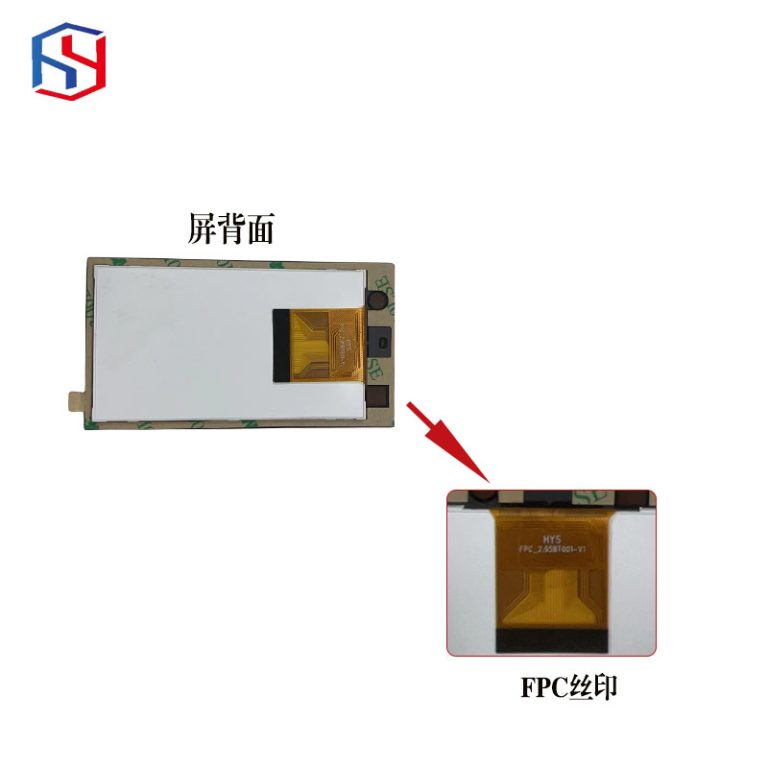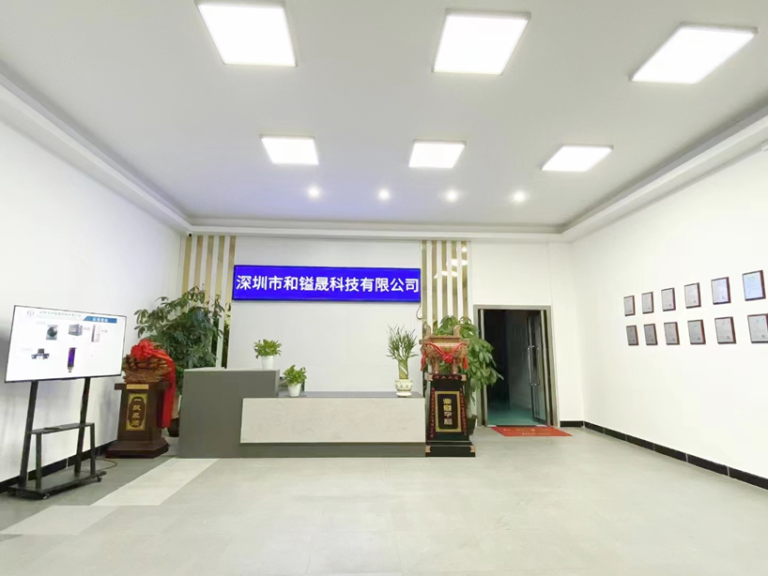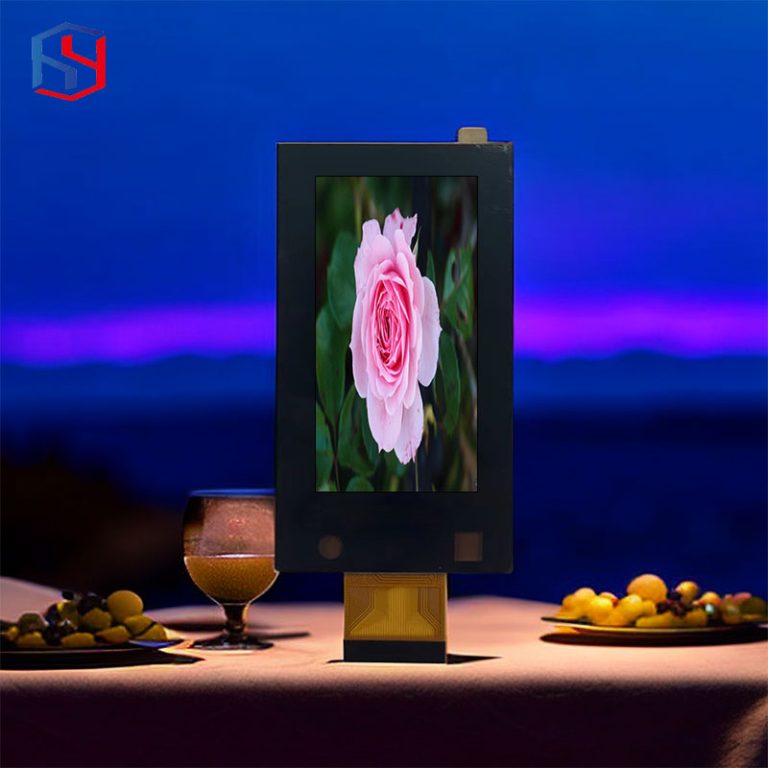Introduction à la technologie TFT LCD
Introduction to TFT LCD Technology
TFT LCD, or Thin Film Transistor Liquid Crystal Display, is a technology that has revolutionized the display industry. It is widely used in various electronic devices such as smartphones, tablets, televisions, and computer monitors. In this article, we will delve into the working principles of TFT LCD and understand how it produces vibrant and high-quality images.
To begin with, let’s understand the basic components of a TFT LCD panel. The heart of the display is the liquid crystal layer, which is sandwiched between two glass substrates. Each substrate is coated with a transparent electrode, and these electrodes are connected to a network of thin film transistors. These transistors act as switches, controlling the flow of electrical current through the liquid crystal layer.
The liquid crystal layer itself consists of millions of tiny liquid crystal molecules. These molecules have the unique property of being able to change their orientation when an electric field is applied. This property is crucial for the functioning of TFT LCDs.
When an image is displayed on a TFT LCD screen, the electrical current is applied to the transistors, which in turn control the orientation of the liquid crystal molecules. The liquid crystal molecules align themselves in a specific pattern, allowing or blocking the passage of light through the display. This manipulation of light creates the desired image on the screen.
To further enhance the image quality, each pixel on a TFT LCD panel is divided into three sub-pixels: red, green, and blue. These sub-pixels are responsible for producing the full spectrum of colors that we see on the screen. By varying the intensity of each sub-pixel, the display can create a wide range of colors and shades.
One of the key advantages of TFT LCD technology is its ability to provide high-resolution images. The transistors in a TFT LCD panel are densely packed, allowing for a greater number of pixels per inch. This results in sharper and more detailed images, making TFT LCDs ideal for applications that require precise visual representation, such as medical imaging or graphic design.
Another important aspect of TFT LCD technology is its fast response time. The liquid crystal molecules in a TFT LCD panel can switch their orientation quickly, allowing for smooth video playback and reduced motion blur. This makes TFT LCDs suitable for applications that involve fast-moving visuals, such as gaming or watching action-packed movies.
In conclusion, TFT LCD technology has revolutionized the display industry by providing vibrant and high-quality images. By manipulating the orientation of liquid crystal molecules, TFT LCDs can create a wide range of colors and shades. With their high resolution and fast response time, TFT LCDs have become the preferred choice for electronic devices. Whether it’s a smartphone, a television, or a computer monitor, chances are it is equipped with a TFT LCD panel. As technology continues to advance, we can expect further improvements in TFT LCD technology, leading to even more stunning and immersive visual experiences.




